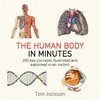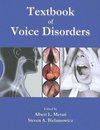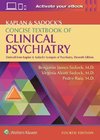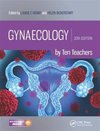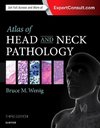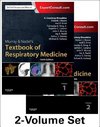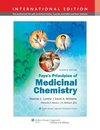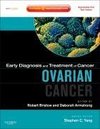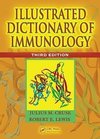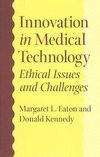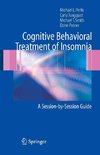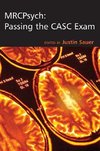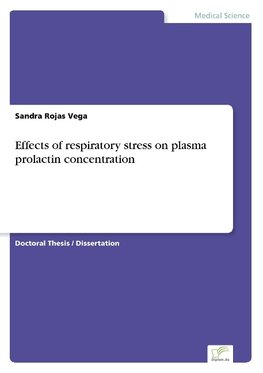
-
 Anglický jazyk
Anglický jazyk
Effects of respiratory stress on plasma prolactin concentration
Autor: Sandra Rojas Vega
Inhaltsangabe:Abstract:
Apart from its actions on reproductive processes, prolactin (PRL) plays a role in maintaining the constancy of the internal milieu by regulation of the homeostatic processes. The present investigation focuses predominantly on...
Viac o knihe
Na objednávku, dodanie 2-4 týždne
53.73 €
bežná cena: 59.70 €
O knihe
Inhaltsangabe:Abstract:
Apart from its actions on reproductive processes, prolactin (PRL) plays a role in maintaining the constancy of the internal milieu by regulation of the homeostatic processes. The present investigation focuses predominantly on the relationship between ventilatory acid-base imbalances and PRL secretion. In four studies different forms of respiratory stress were selected: inhalation of increased oxygen concentration, inhalation of increased carbon dioxide concentration, voluntary hyperventilation and repeated high intensity exercise. It was hypothezised that hyperoxia, intensive exercise and inhalation of increased CO2 concentration cause an augmentation of CO2 partial pressure at the central chemoreceptors of the brain, leading to an increase of ventilatory drive based on serotonergic system activation and thus enhanced PRL secretion. In contrast, increased CO2 elimination due to voluntary hyperventilation should not affect PRL secretion because the decrease of CO2 partial pressure does not affect PRL release per se, but only after serotonergic system activation due to initial hypercapnia.
From the results of the present study it is concluded that an increase in PRL secretion is associated with progressive alkalosis under hyperoxia breathing. Decreasing CO2 by hyperoxia is related to hyperventilation. The findings coincide with similar results in previous studies by Becker et al. (1996). Transient initial hypercapnia in cerebro spinal fluid after short-term hyperoxia due to the Haldane effect was shown to be the most important mechanism increasing alveolar ventilation (Haldane, 1965). During the rebreathing test of our study, increase of pCO2 induced respiratory acidosis which lead to hyperventilation and PRL increment. Metabolic acidosis resulting from high intensive exercise is compensated by hyperventilation. This decreases pCO2 in order to prevent a further decline in pH. While acidosis is compensated by increasing CO2 elimination, plasma PRL concentration increases. In contrast, voluntary hyperventilation does not elicit PRL secretion because the decline in CO2 does not occur after initial acidosis. This indicates that a change in CO2 triggered in response to hypercapnic acidosis is necessary to induce PRL secretion. The exact underlying mechanism is still unknown, however it seems likely that increased ventilation and PRL secretion are related to serotonergic modulation, taking in account that serotonin plays a role in [...]
- Vydavateľstvo: Diplom.de
- Rok vydania: 2002
- Formát: Paperback
- Rozmer: 210 x 148 mm
- Jazyk: Anglický jazyk
- ISBN: 9783838652146
